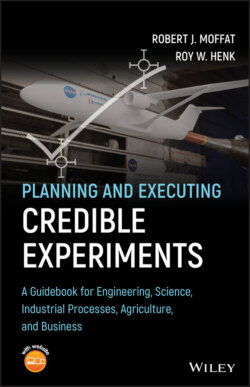Читать книгу Planning and Executing Credible Experiments - Robert J. Moffat - Страница 65
4.5 Strong Inference
ОглавлениеA particularly powerful approach to selection of the “right” question is described by John R. Platt, professor of physics and biophysics at the University of Chicago (1953), as “strong inference.” The essential features of strong inference are (1) the formulation of more than one alternative hypothesis concerning the major question, and (2) the execution of a set of experiments that have the possibility of disproving each hypothesis. The power of the method lies in the fact that, once a hypothesis has been disproved, then no further work need be done along that line. Note that if an experiment simply supports a hypothesis, not much progress has really been made, because the very next experiment may disprove it. To use strong inference, one must assemble systems of hypotheses that fully enclose the main question so that at least one hypothesis must finally survive its experimental test.
Platt lists the following steps:
1 Devise alternative hypotheses.
2 Devise a crucial experiment (or several of them) with alternative possible outcomes, each of which will as nearly as possible exclude one or more of the hypotheses.
3 Carry out the experiments so as to get clean results.
4 Recycle the procedure, making subhypotheses or sequential hypotheses to refine the possibilities.
Identification of the motivating question corresponds to the step devising alternative hypotheses. The specific experimental objective is, then, to test these hypotheses by experiment.
Platt's contribution is his reminder to seek disproof for hypotheses, rather than support, as a more economic strategy.
